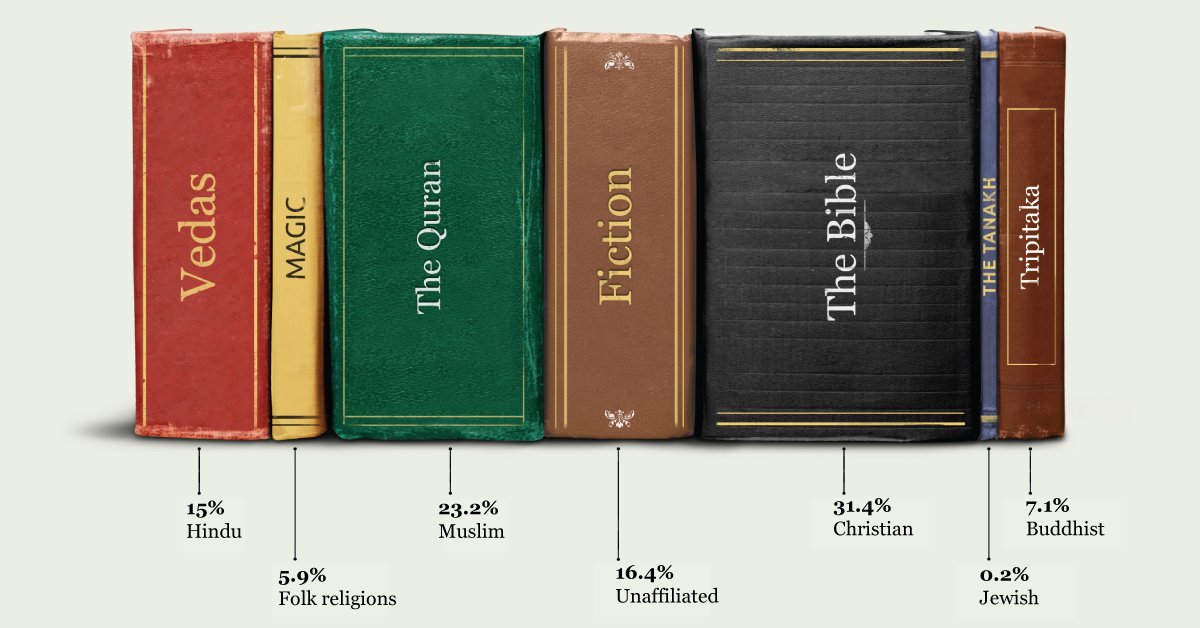The Delhi High Court has ruled that religious scriptures are not eligible for copyright protection, but adaptations or transformative works based on these scriptures can be protected from piracy. This decision was made in a case involving the Bhaktivedanta Book Trust, established by ISKCON founder Srila Prabhupada, which claimed copyright infringement against several websites and mobile applications reproducing its copyrighted works.
Key Points:
No Copyright on Scriptures: Religious texts like the Bhagavad Gita or Bhagavatam are not eligible for copyright protection, as they are considered public domain works.
Transformative Works Protected: Adaptations, explanations, summaries, interpretations, or dramatic works based on scriptures are considered transformative works and are eligible for copyright protection. Examples include:
– Television Series: Ramanand Sagar’s Ramayana or BR Chopra’s Mahabharata
– Dramatic Works: Drama societies creating works based on scriptures
– Audio-Visual Works: Original interpretations or explanations of scriptures
Implications:
Protection for Creators: This ruling provides protection for creators of original works based on scriptures, allowing them to safeguard their intellectual property.
Piracy Prevention: The court has issued restraining orders against entities reproducing and distributing copyrighted content without permission, emphasizing the importance of preventing piracy.
Court’s Observation:
The court observed that while there can be no objection to the direct reproduction of scripture texts, the manner in which they are interpreted by different gurus and spiritual teachers can vary significantly. Therefore, copyright protection applies to the original portions of literary works that expound, instruct, or elucidate the scripture. The Delhi High Court’s ruling on copyright protection for religious texts emphasizes that while scriptures themselves are not eligible for copyright, adaptations and transformative works based on these scriptures can be protected. This decision highlights the importance of safeguarding original creative expressions while preserving public domain materials.

